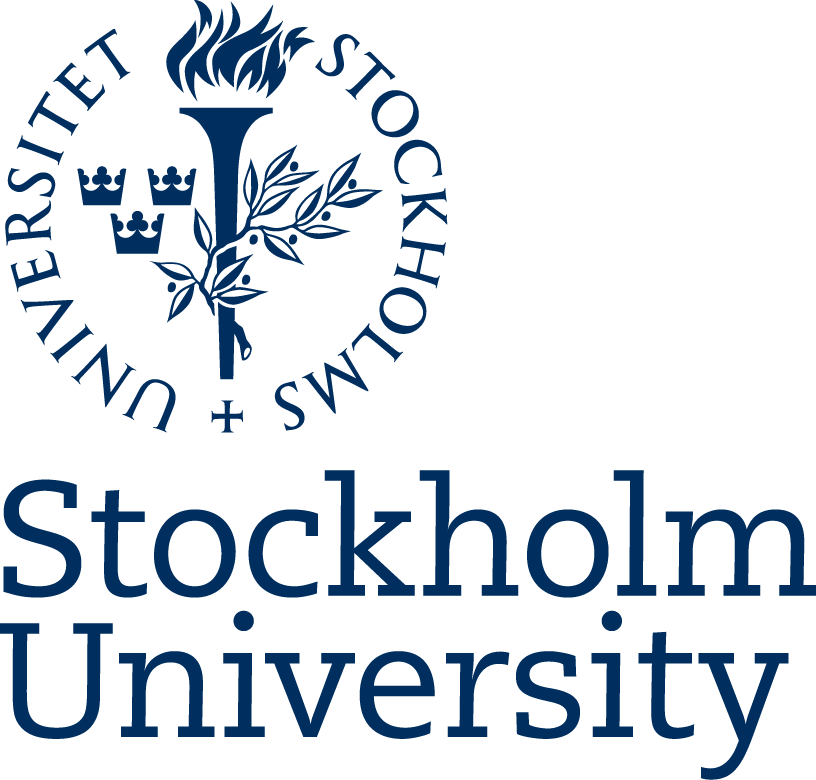Animation Cinema: A Performative History, 7.5 ECTS
Second levelFacts
No available factsDescription
Based on research in performance studies, the course offers an extensive analysis of the animated film’s history from its technological innovation in the early 20th century, its establishment primarily identified with Walt Disney in the 1930s to national animated film after World War II and ending with a discussion about Japanese animation. During the majority of the 20th century movie shows, animated films at best played a secondary role. In recent years, researchers and historians have begun to draw attention to how this form of production evolved within and beyond Hollywood’s business sphere.
Area of interests: Arts and Humanities
How are different cultures created and how do they affect us? Arts and Humanities is an area of interest that includes a wide variety of subjects such as Archaeology, Philosophy, History, Religion, Ethnology, Literature, and Theatre and Performance Studies. In one way or another these subjects are an expression of how culture affects human beings and society. As a student you will improve your analytical skills and learn to identify different lines of development, often in an interdisciplinary context. Studies within Arts and Humanities give you broad general competence that is very useful in the job market, where autonomy, analytical and communication skills are in great demand.
Subject
Cinema Studies
Cinema Studies is the study of moving images and screen cultures centered around film, film experience, and phenomena surrounding films. Historically, it ranges from image cultures before film, to the screens and digital platforms of today. The field is broad and can be found at institutions around the world under the designations of Film Studies, Television Studies, Media Studies, Visual Arts, Cultural Studies, Film and Media History, and Moving Image Studies.
The objects of study can be specific films, production cultures, genre, auteur, intermedial and trans-medial relations, archives, circulation and distribution, reception (audience, critique), film culture, media industries, institutional frameworks (legal, political, economic), technological arrangements or streaming platforms.
Approaches and perspectives applied can be genre or narrative analysis, aesthetics, auteur criticism, reception studies, critique of filmic representations, post-colonial or gender perspectives, celebrity culture, or perspectives from political economy and cultural studies.
The field is informed by Literature, History and Philosophy, Cultural Studies, Anthropology, Linguistics, Psychology, Sociology, and Economics. Cinema Studies at Stockholm University is focused on historical perspectives and key medial moments of transformation, Ingmar Bergman, as well as contemporary film and mediascapes.



